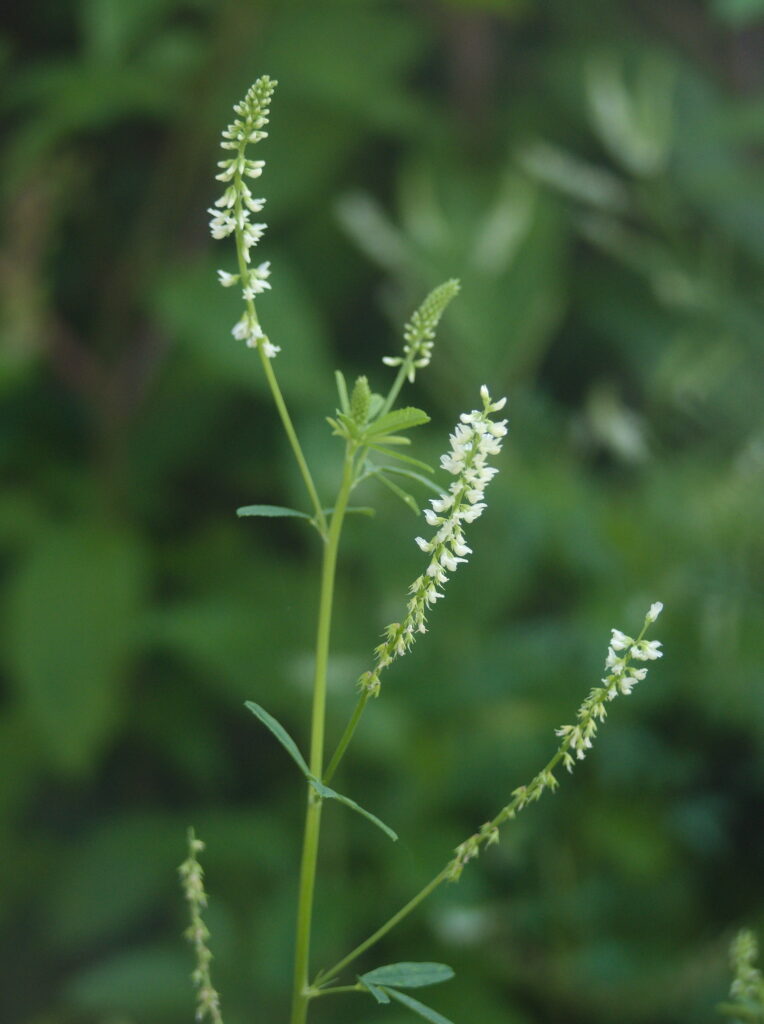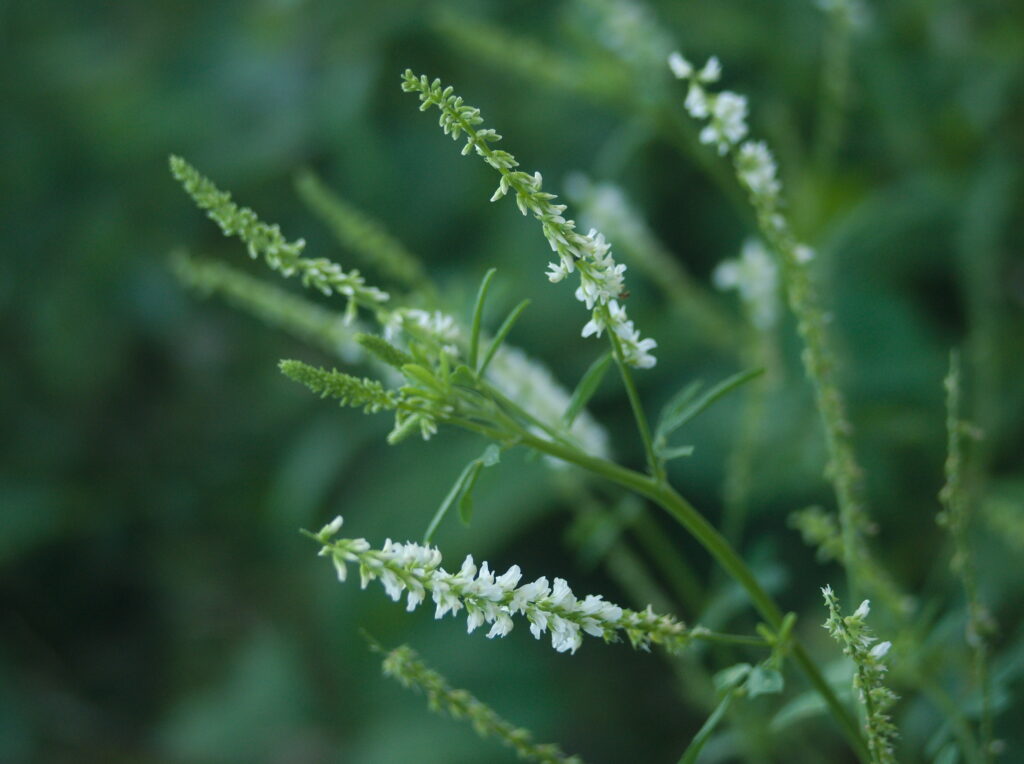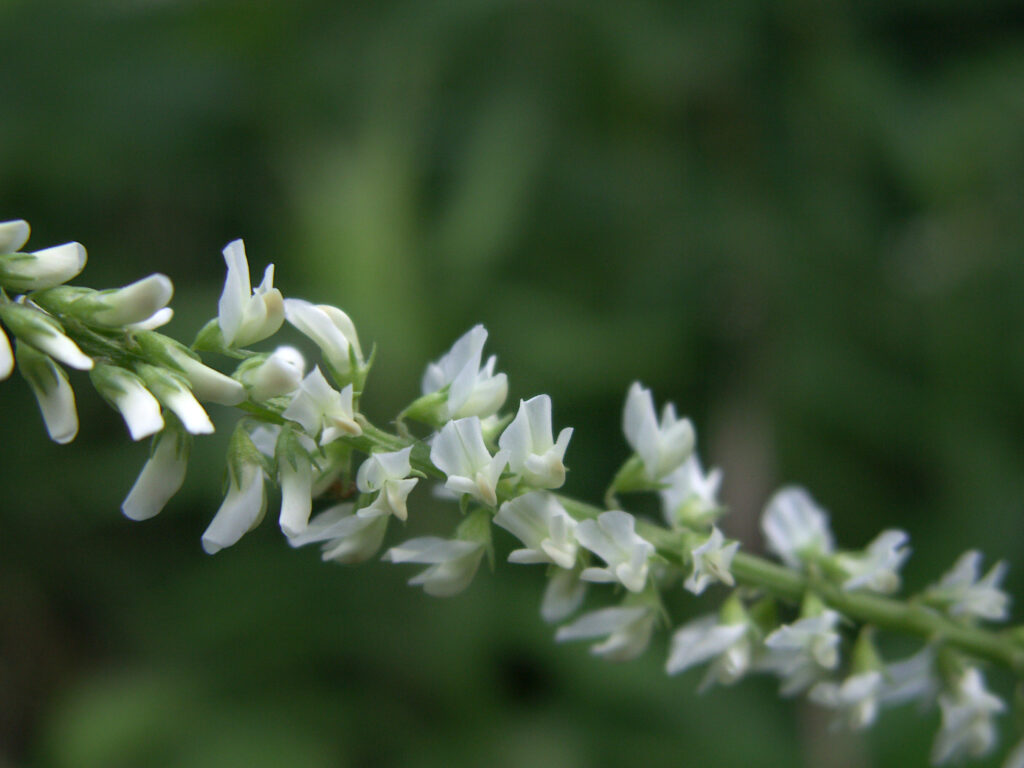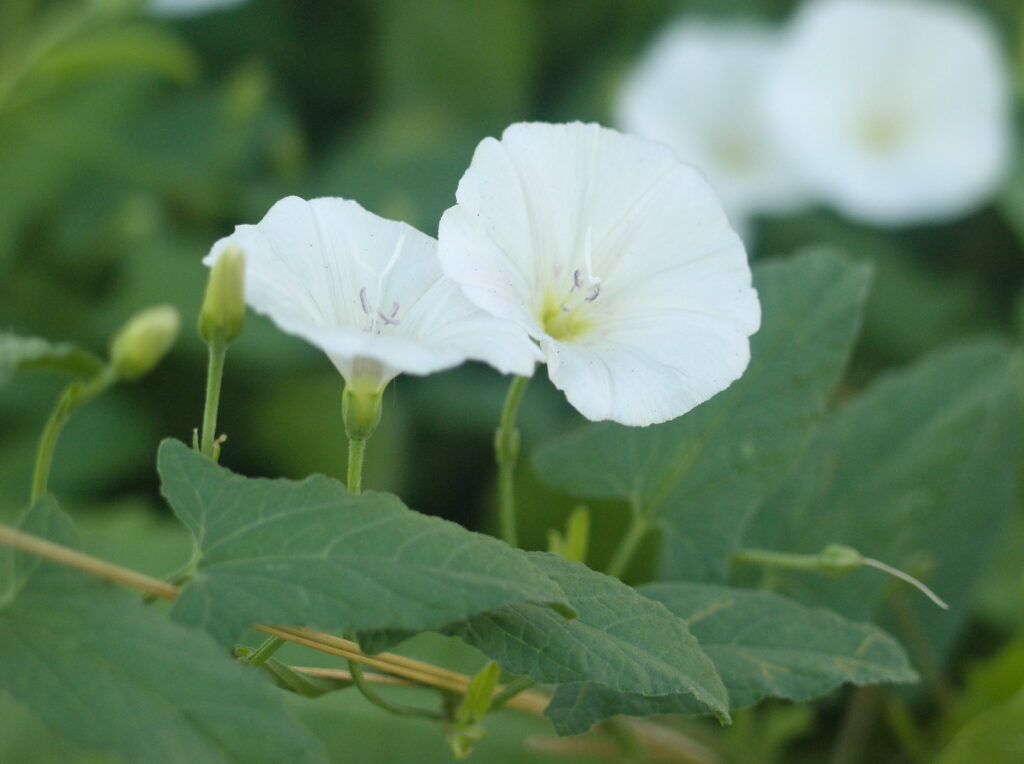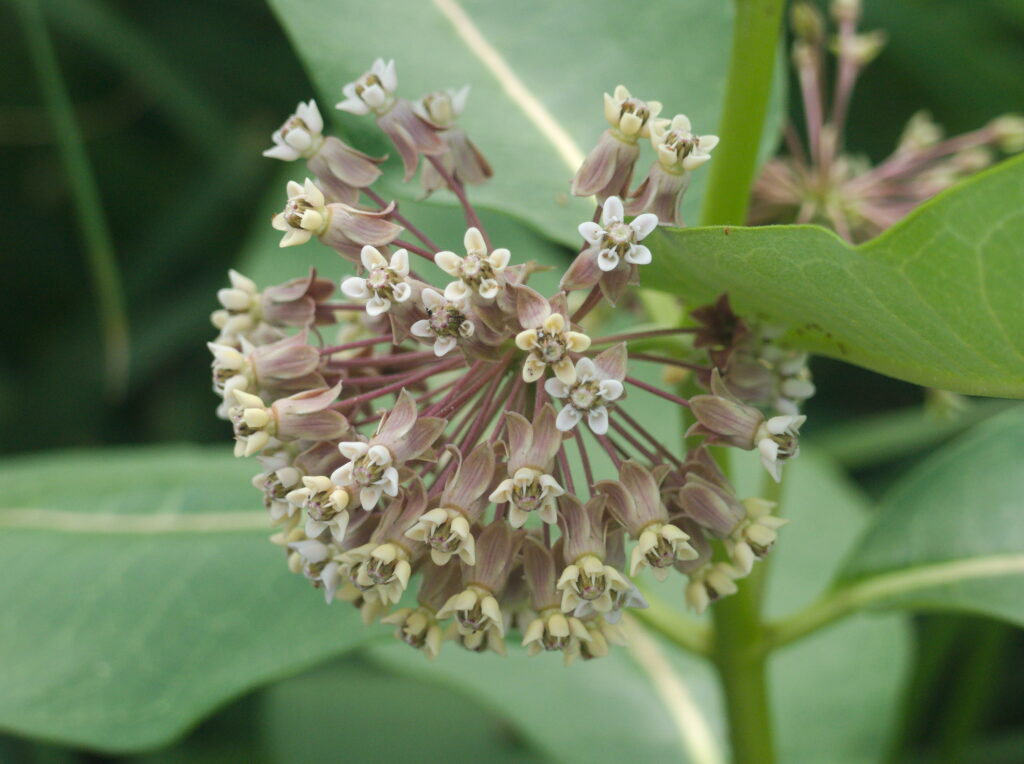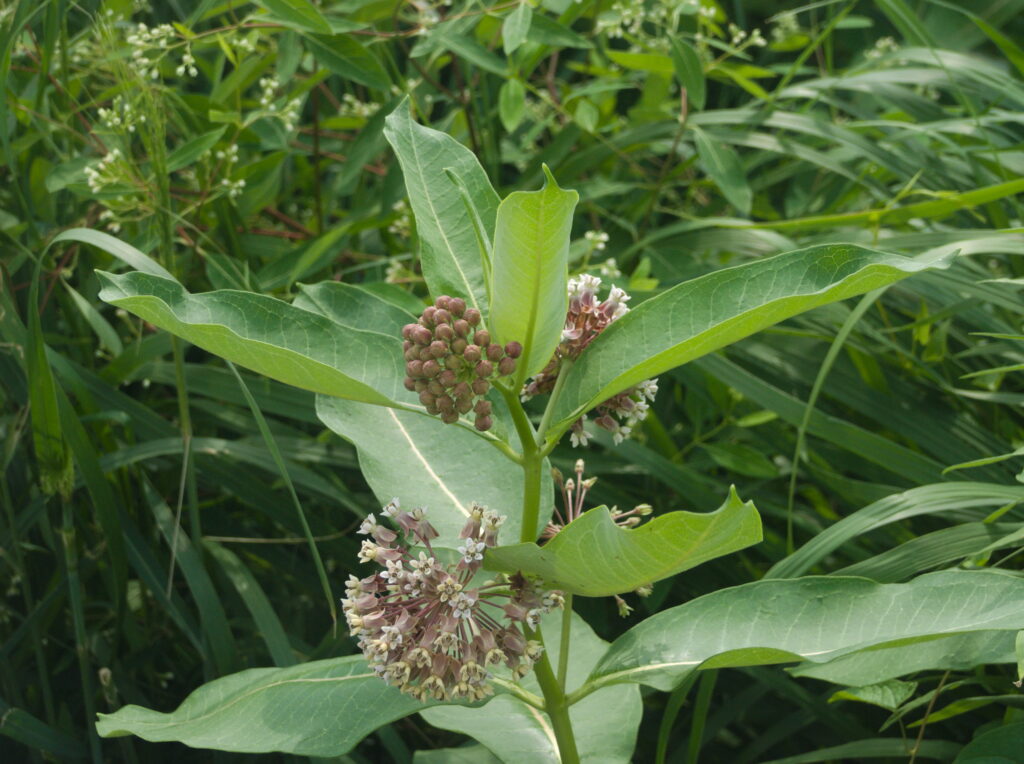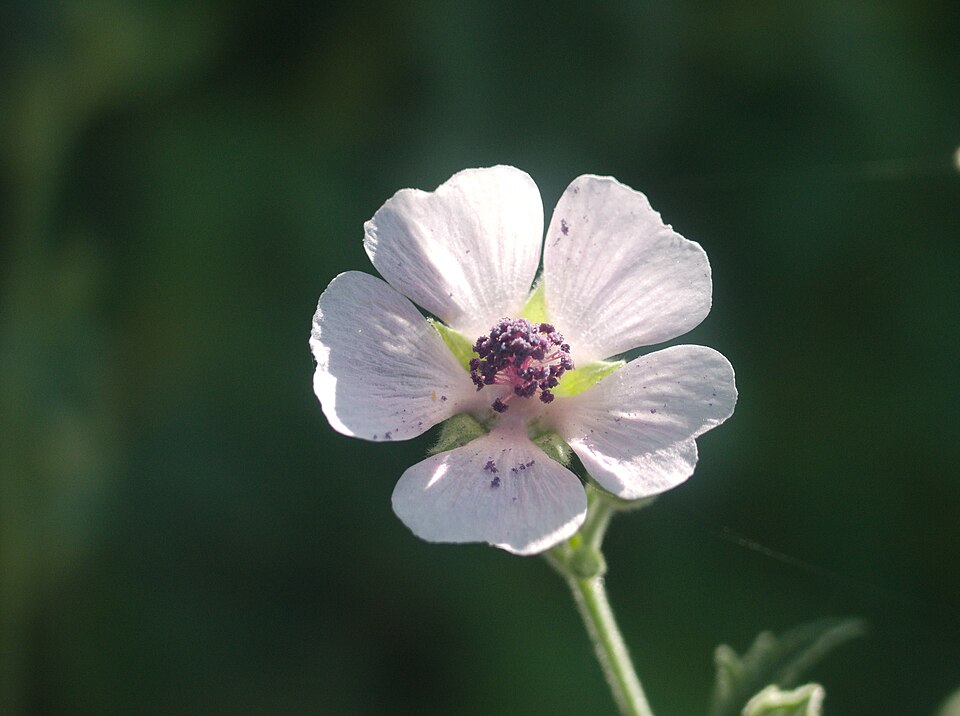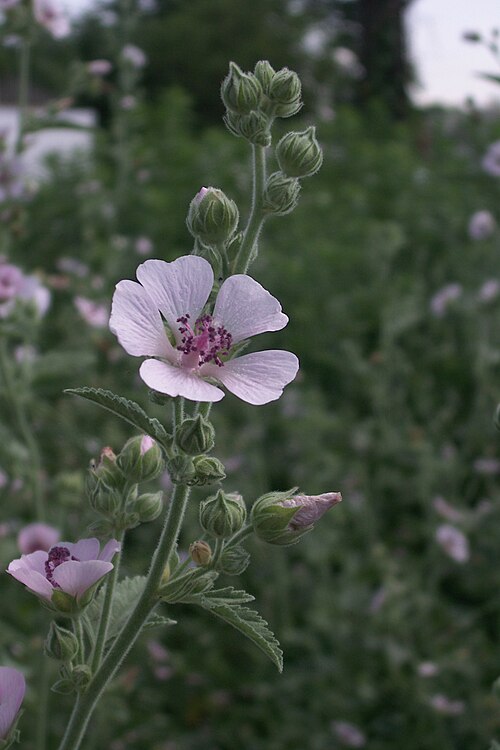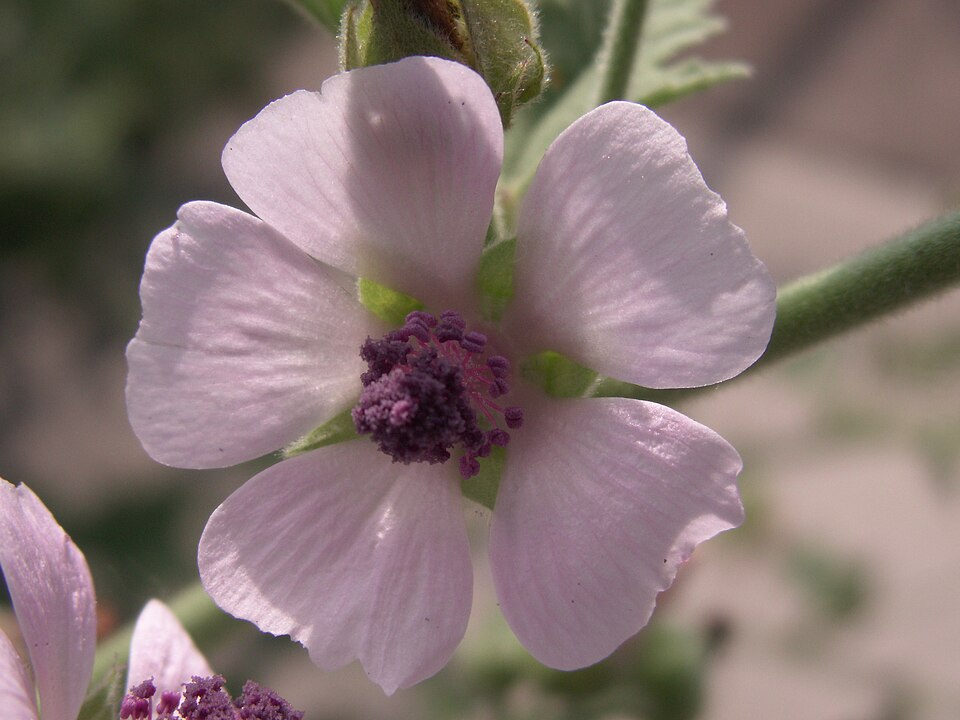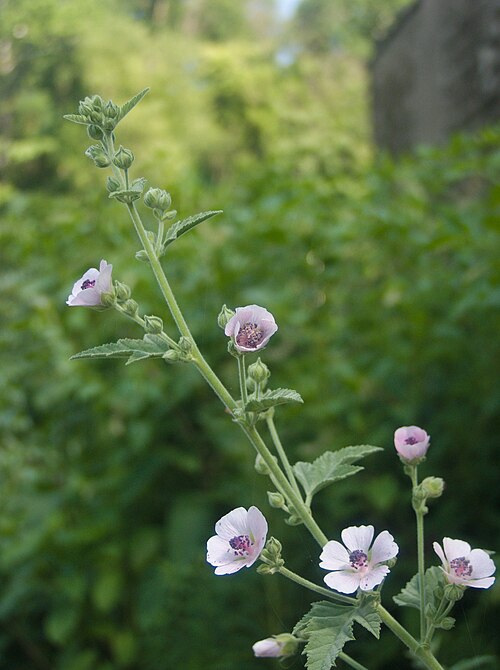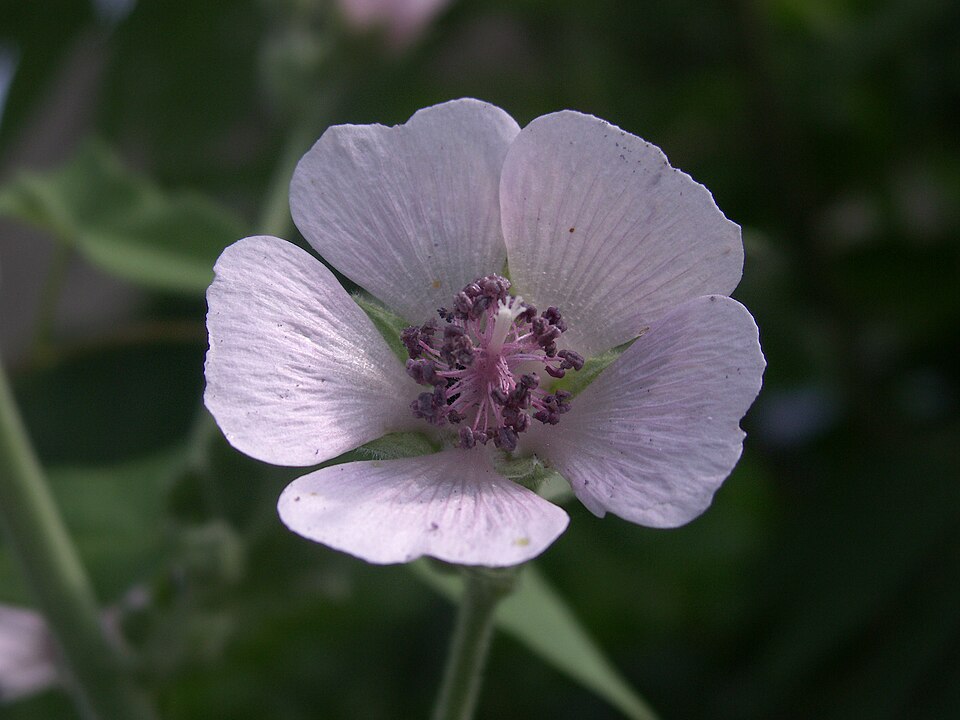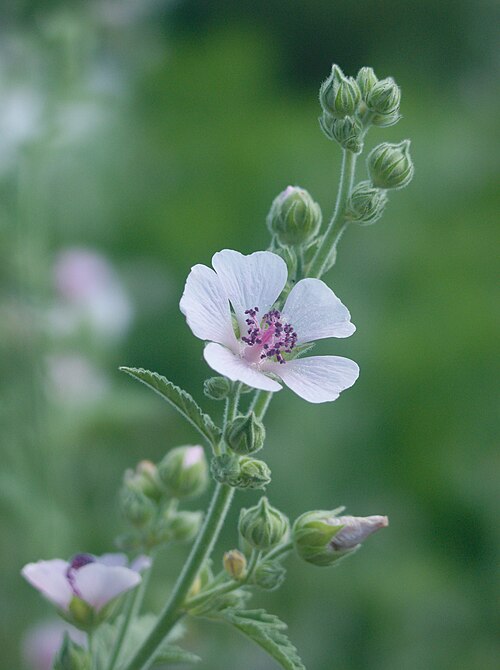
One of our few really orange flowers (Daylilies and Touch-Me-Nots are other members of that exclusive club), Butterfly Weed likes an open field, where it attracts legions of insects of all sorts—butterflies, of course, but also bees and ants. These plants were among hundreds blooming in wildflower meadows in South Park.



For a description of the species, see the Asclepias tuberosa reference page.

Comments

